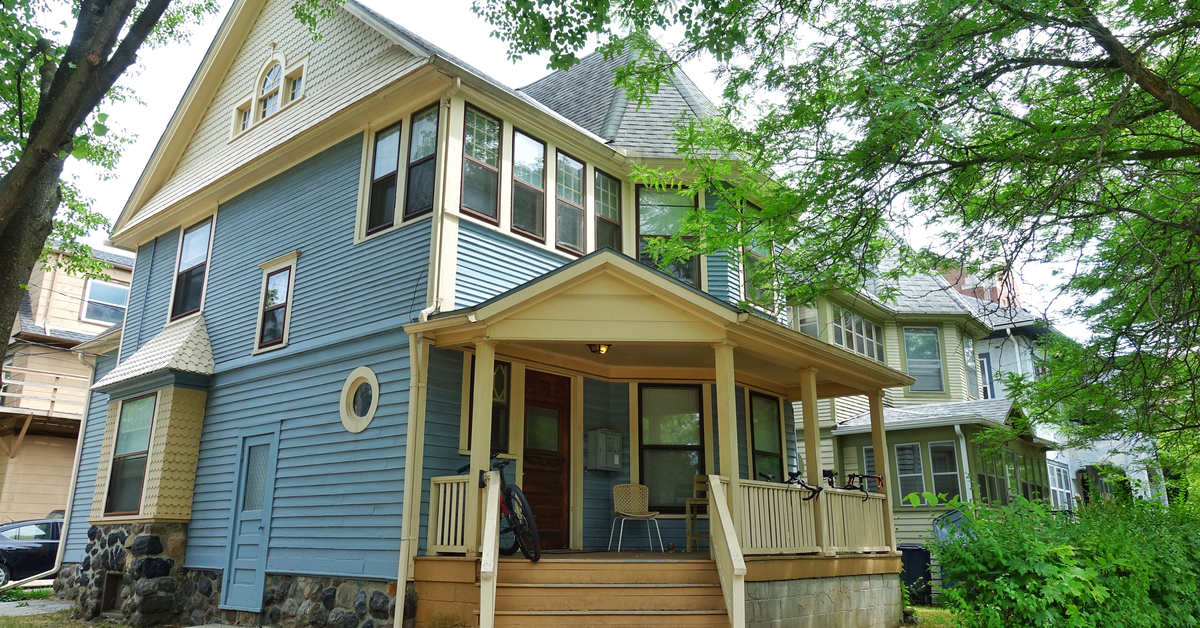First, the bad news: December saw the end of a three-month streak of rising existing-home sales, which slowed by 4.6% from November to a seasonally adjusted annual rate of 6.18 million units, according to the National Association of Realtors (NAR).
December sales also were down year over year from an annualized pace of 6.65 million existing homes in December 2020. Each of the four U.S. regions tracked by NAR saw December sales backtrack on a monthly and a yearly basis, closing the 2021 home-purchase season with a bit of a whimper.
Ultimately, however, December will be looked upon as a slow month in a mostly brisk year. Full-year 2021 existing-home sales reached 6.12 million, per NAR data. That’s up 8.5% from 2020, surging to their highest level in 15 years.
December’s slowdown was due in large part to ongoing inventory issues, NAR chief economist Lawrence Yun explained. For-sale housing inventory fell to 910,000 units at the end of December, an all-time low. This figure equates to 1.8 months of supply at December’s sales pace, the lowest level recorded since January 1999.
“December saw sales retreat, but the pullback was more a sign of supply constraints than an indication of a weakened demand for housing,” Yun said. “Sales for the entire year finished strong, reaching the highest annual level since 2006.”
Despite the strong calendar year, inventory woes will continue to hamper the market for the foreseeable future, Yun said, noting that “reversing [supply] gaps like the ones we’ve seen recently will take years to correct.”
Inventory issues continue to help fuel the growth of existing-home prices, with the median price for all housing types at $358,000 in December. That’s up 15.8% from December 2020, marking the 118th consecutive month of annual price gains — the longest such streak on record.
Yun predicts more gains ahead, although at a more moderate rate than at other stages in the COVID-19 pandemic era. Home prices are set to grow by 3% to 5% in 2022, he projected, with similar gains anticipated in 2023 as more supply hits the market. Yun anticipates a bit of a sales slowdown in the months ahead, although he added that there’s no threat of a market crash due to gains in employment and strict underwriting standards.
With interest rates projected to continue rising, he cautioned would-be buyers to be ready for a slight departure from the historically low-rate environment of the past couple years. Yun noted that consumer reaction to the changing rates has already been reflected in NAR’s data. First-time buyers comprised 30% of sales in December, down from 31% in December 2020 but up from 26% in November.
“There was a significant surge in first-time buyers at the end of the year,” Yun said. “With mortgage rates expected to rise in 2022, it’s likely that a portion of December buyers were intent on avoiding the inevitable rate increases.”
Mike Fratantoni, chief economist for the Mortgage Bankers Association, had a different read on the growth in first-time buyer activity.
“The good news in the report was the rising share of first-time buyers,” he said. “We fully expect that this share will remain high as the largest cohort of millennials approach the peak ages of buying their first home. This will support housing demand for the next several years.”





